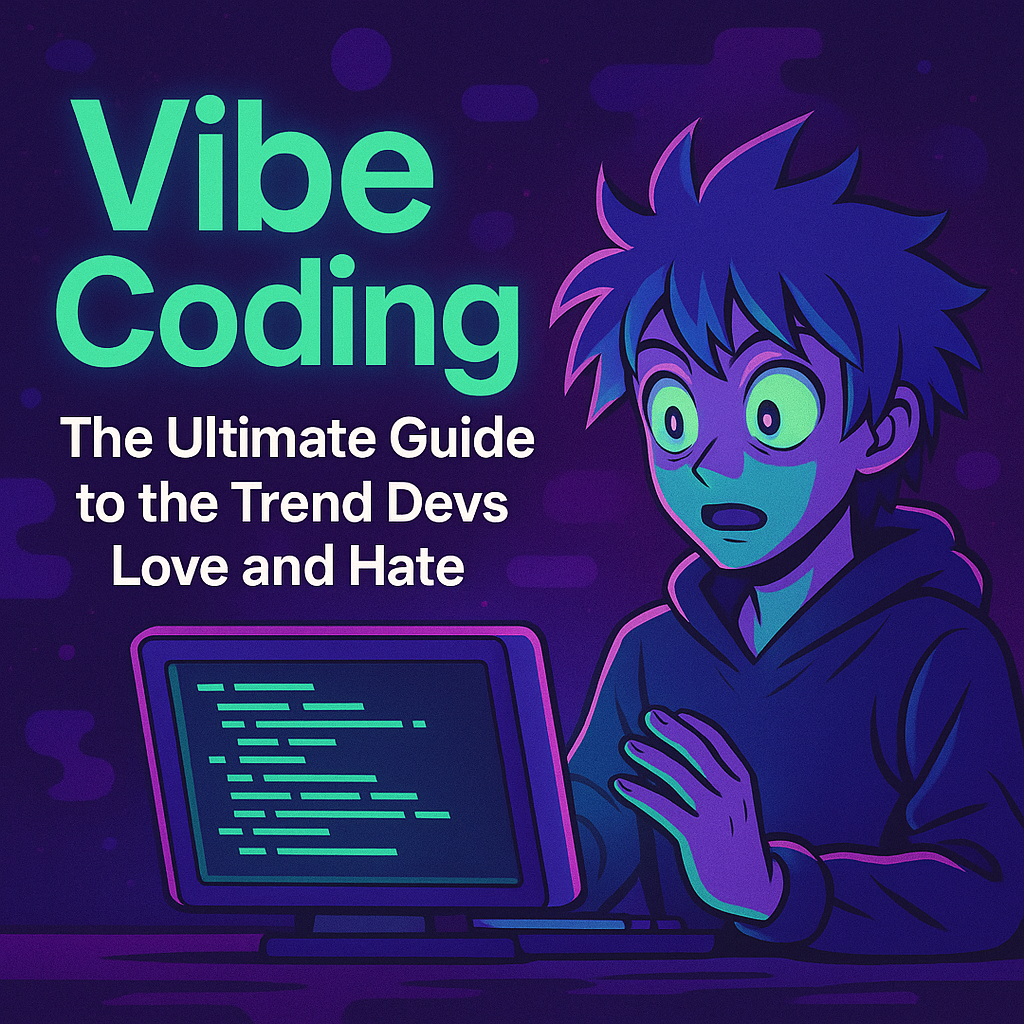Medium
1M
141

Image Credit: Medium
Vibe coding: The ultimate guide to the trend devs love and hate
- Vibe coding, a new coding trend, involves using AI tools like Cursor and GitHub Copilot to generate code based on vague prompts, blurring the line between parody and productivity.
- Developers either embrace vibe coding for its flow state benefits or fear its potential to lead to copy-paste coding and lack of in-depth understanding.
- Vibe coding thrives on instant feedback and minimal blockers, favoring lightweight tools like Next.js and Vite.
- Cursor stands out for scanning codebases, allowing developers to interact with their code like chatting with an AI assistant.
- Vibe coding has the potential to be a superpower if used judiciously, as it can lead to rapid code generation and UI development.
- However, over-reliance on vibe coding can weaken problem-solving skills and hinder deep understanding of the codebase.
- While vibe coding can feel productive, it is essential to verify the generated code, run tests, and consider edge cases before deployment.
- Future developers will need to balance vibing with verifying, treating AI as a thought partner rather than a code generator.
- Vibe coding represents a shift in how developers work, integrating AI as collaborators in the coding process rather than mere tools.
- In essence, vibe coding is not a replacement for traditional engineering but a means to infuse joy and creativity back into software development.
- The key is to vibe responsibly, leveraging AI tools for speed and momentum while ensuring a solid understanding of the codebase and maintaining coding fundamentals.
Read Full Article
8 Likes
For uninterrupted reading, download the app